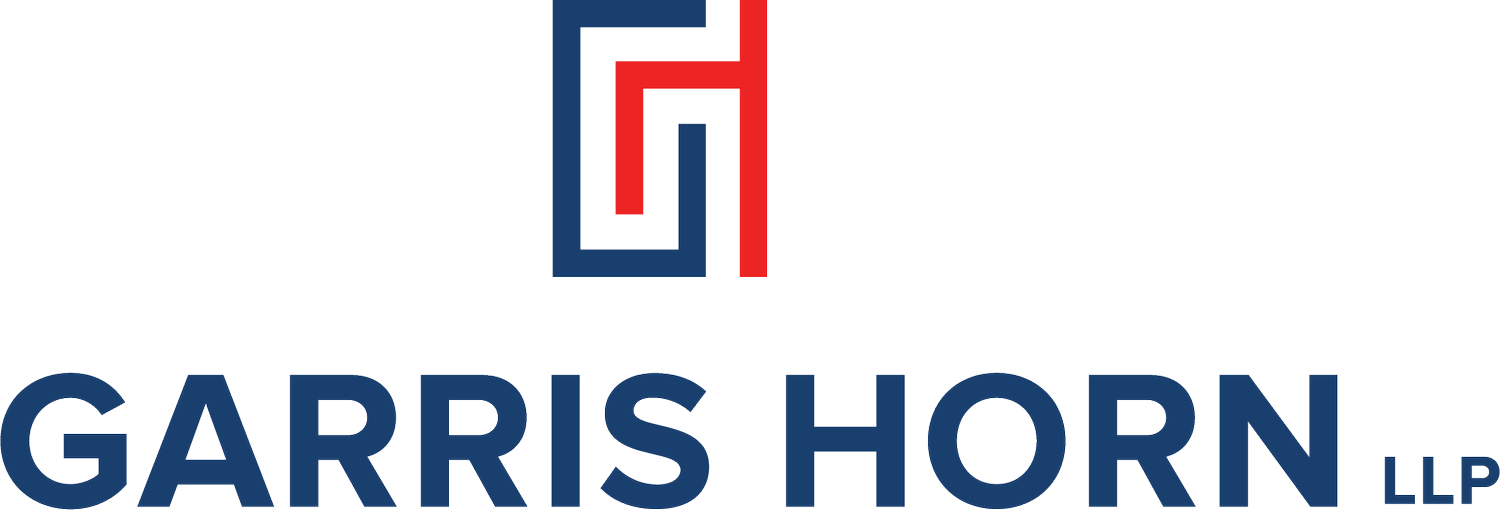HMDA Final Rule Issued Today
Clients and Friends,
As you may have seen, the CFPB issued the final HMDA rule today. http://www.consumerfinance.gov/newsroom/cfpb-finalizes-rule-to-improve-information-about-access-to-credit-in-the-mortgage-market/ I did very briefly review it tonight (it’s only 796 pages, a lightweight!). Here are my initial impressions.
First, to issue this right after TRID becomes effective is really piling on. The industry has yet to close loans under TRID, and that’s when the real TRID issues will come to light. And the CFPB has acknowledged that TRID is still an ongoing implementation effort in its statement providing an informal grace period. But the CFPB apparently expects lenders to start understanding the new HMDA requirements on top of tackling the lingering and new TRID issues. One bright side is that the effective date is better than the industry was expecting and feared. Data collection becomes effective Jan. 1, 2018, and reporting on Jan. 1, 2019. But that means testing will need to happen in 2017. And it is unlikely the CFPB will delay the effective date of HMDA. Considering the expected volume of ongoing work to adjust to TRID, it may be a good idea to at least start thinking about HMDA implementation, such as project staffing and timelines, to be ready to test in 2017.
Second, the final rule amends the scope of institutions subject to HMDA, expending its coverage of nondepository institutions . It amends the current coverage tests to establish a minimum 25-loan test for closed-end loans and a 100-loan test for open-end loans for the preceding two calendar years, which applies both depository and nondepository institutions. And the rule includes some other burdensome new requirements, such as quarterly reporting for large volume institutions and many new datapoints.
Third, the final rule does align some datapoints with TRID, such as by changing the proposed “points and fees” datapoint to the “total loan costs” under TRID, and requiring the general “lender credits” under TRID’s Closing Disclosure. But there were some potential alignments of datapoints they left on the table, such as the alignment of the unique loan identifier with the TRID loan identification number. In addition, the pricing data the CFPB included from TRID is confusing, such as only requiring reporting of the general Lender Credits line and not specific lender credits, which may affect how your loans appear.
Fourth, the privacy concerns are still concerning. The CFPB basically punted the privacy issue and gave some soft statements about taking the input of the industry into a future balancing test for publicly reported data. But they brushed aside concerns about data breaches and hacks of the government and lenders. This is surprising considering the high profile breaches of other government agencies, such IRS and OPM.
Fifth, there are some improvements from the proposal with respect to certain datapoints and coverage. The fact that the CFPB did not finalize some suspect data points, like the risk adjusted pre-discounted interest rate, is a positive for industry. Also, the final rule narrows the coverage of commercial loans from the proposal, which is also a positive result.
Again, these are just my initial impressions from a very brief review. I plan to work on a summary in the next week or so. Please let me know if you have any questions.
